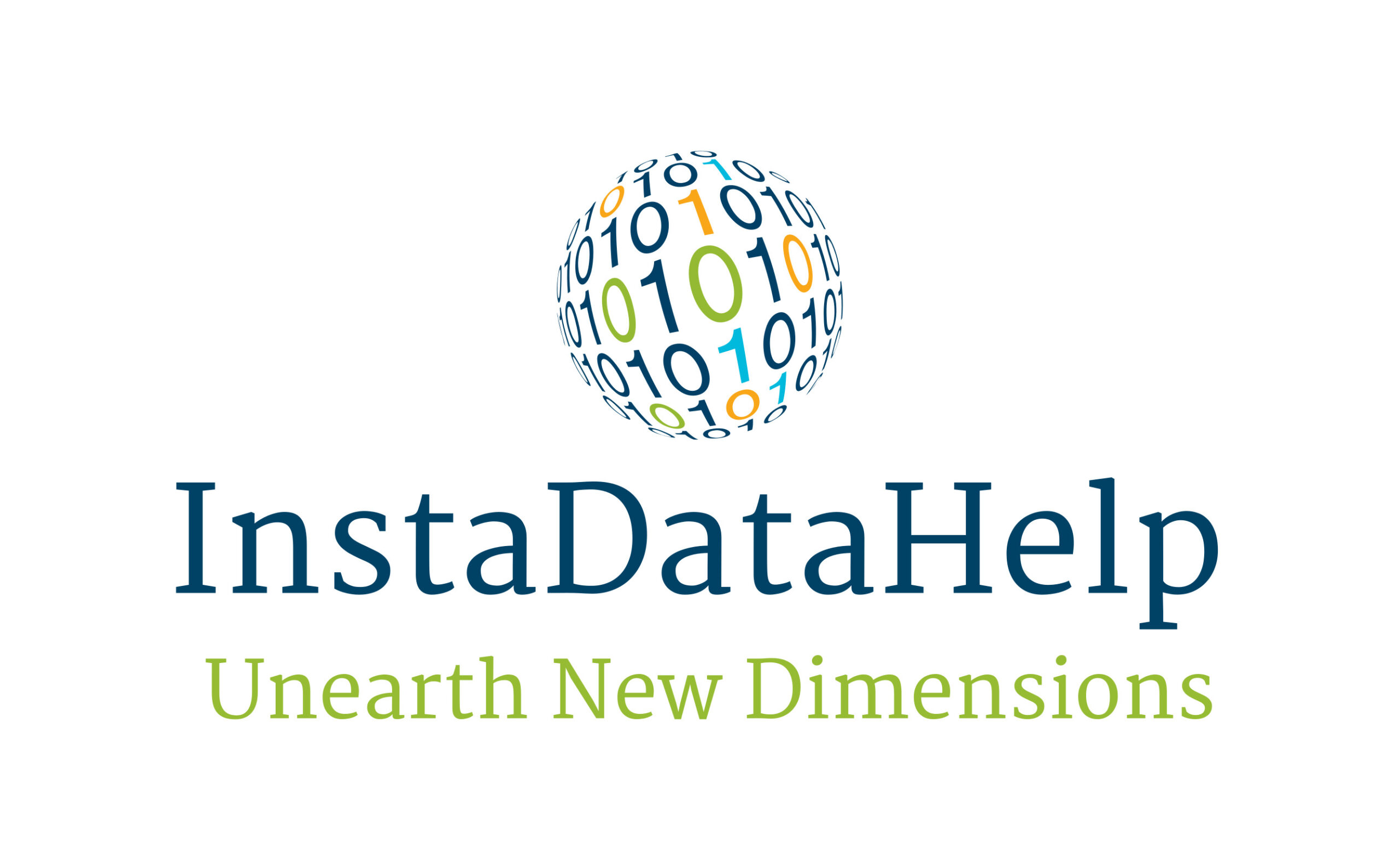Revolutionizing Energy Forecasting: How Deep Learning is Changing the Game
Introduction
Energy forecasting plays a crucial role in the efficient management of energy resources and the planning of energy systems. Accurate predictions of energy demand and supply are essential for optimizing energy generation, transmission, and distribution, as well as for ensuring grid stability and reliability. Traditionally, energy forecasting has relied on statistical models and time-series analysis techniques. However, with the advent of deep learning, a new era of energy forecasting has emerged. In this article, we will explore how deep learning is revolutionizing energy forecasting and changing the game for the energy industry.
Understanding Deep Learning
Deep learning is a subset of machine learning that focuses on training artificial neural networks to learn and make predictions from large datasets. It is inspired by the structure and function of the human brain, where interconnected neurons process and transmit information. Deep learning models consist of multiple layers of artificial neurons, known as artificial neural networks, which can learn complex patterns and relationships in data.
Deep Learning in Energy Forecasting
Energy forecasting involves predicting energy demand, supply, and prices based on historical data, weather patterns, economic indicators, and other relevant factors. Traditional forecasting methods often struggle to capture the nonlinear and dynamic nature of energy systems, leading to inaccurate predictions. Deep learning, with its ability to learn from large and diverse datasets, offers a promising solution to this challenge.
One of the key advantages of deep learning in energy forecasting is its ability to automatically extract features from raw data. Traditional forecasting models require manual feature engineering, where domain experts identify and select relevant variables. This process can be time-consuming and subjective. Deep learning models, on the other hand, can automatically learn and extract features from the data, eliminating the need for manual feature engineering. This not only saves time but also allows for the discovery of previously unknown relationships and patterns in the data.
Deep learning models also excel at handling complex and high-dimensional data. Energy forecasting involves analyzing a wide range of variables, including historical energy consumption, weather data, economic indicators, and even social media sentiment. Deep learning models can effectively process and integrate these diverse data sources, capturing their complex interactions and dependencies. This enables more accurate and robust energy forecasts.
Applications of Deep Learning in Energy Forecasting
Deep learning has been successfully applied to various aspects of energy forecasting, including load forecasting, renewable energy forecasting, and price forecasting.
Load forecasting is the process of predicting the future electricity demand. Accurate load forecasting is crucial for optimizing power generation and ensuring grid stability. Deep learning models have shown superior performance in load forecasting compared to traditional statistical models. For example, recurrent neural networks (RNNs), a type of deep learning model, have been used to capture the temporal dependencies in load data, resulting in more accurate and reliable load forecasts.
Renewable energy forecasting is another area where deep learning has made significant advancements. The intermittent and unpredictable nature of renewable energy sources, such as solar and wind, poses challenges for their integration into the grid. Deep learning models, such as convolutional neural networks (CNNs) and long short-term memory (LSTM) networks, have been used to predict renewable energy generation based on historical weather data and other relevant factors. These models have shown promising results in improving the accuracy of renewable energy forecasts, enabling better grid integration and resource planning.
Price forecasting is essential for energy market participants, including generators, traders, and consumers, to make informed decisions. Deep learning models have been applied to predict energy prices based on historical price data, market fundamentals, and other relevant variables. These models can capture the complex and nonlinear relationships between different market factors, leading to more accurate price forecasts.
Challenges and Future Directions
While deep learning has shown great promise in revolutionizing energy forecasting, several challenges need to be addressed. One of the main challenges is the availability and quality of data. Deep learning models require large and diverse datasets to learn effectively. However, energy data is often limited and fragmented, making it challenging to train deep learning models. Data quality, including missing values and outliers, also poses challenges for accurate forecasting.
Another challenge is the interpretability of deep learning models. Deep learning models are often referred to as “black boxes” because they lack transparency in how they make predictions. This can be a concern for energy industry stakeholders who need to understand the underlying factors driving the forecasts. Efforts are being made to develop explainable deep learning models that can provide insights into the decision-making process.
Conclusion
Deep learning is revolutionizing energy forecasting by enabling more accurate and reliable predictions. Its ability to automatically extract features from raw data, handle complex and high-dimensional data, and capture nonlinear relationships makes it a powerful tool for energy forecasting. Deep learning has been successfully applied to load forecasting, renewable energy forecasting, and price forecasting, among other areas. However, challenges related to data availability, data quality, and model interpretability need to be addressed for wider adoption in the energy industry. With ongoing research and development, deep learning is expected to continue changing the game in energy forecasting, leading to more efficient and sustainable energy systems.


Recent Comments